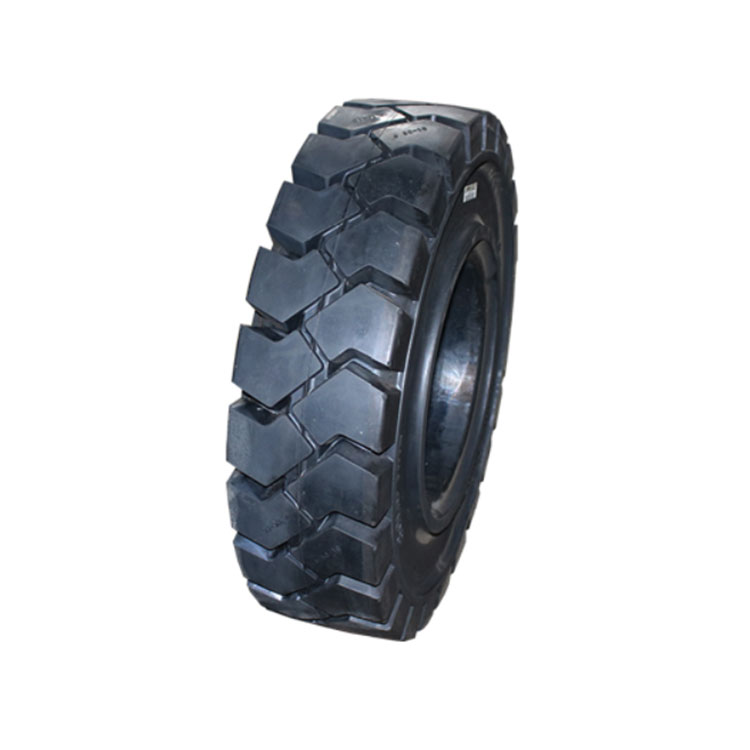Product Introduce






Forklift Solid Tires: The Ultimate Guide
Solid tires, also known as solid rubber tires, are becoming increasingly popular in the material handling industry for their high elasticity, strong heat dissipation, and excellent wear resistance. In this comprehensive guide, we will explore the benefits of using solid tires on forklifts, including their superior stability and increased traction due to a larger contact area with the ground.
What are Solid Tires?
Solid tires are made of solid rubber compounds, unlike pneumatic tires that are filled with air. This design eliminates the risk of punctures and blowouts, making solid tires a reliable choice for heavy-duty applications. The solid construction of these tires provides a stable and cushioned ride, reducing the risk of accidents and improving overall safety in the workplace.
Benefits of Solid Tires for Forklifts
1. High Elasticity: Solid tires are known for their high elasticity, which allows them to absorb shocks and vibrations while maintaining stability. This feature is crucial for forklifts operating in rough terrains or carrying heavy loads, as it ensures a smooth and controlled ride.
2. Strong Heat Dissipation: Solid tires have excellent heat dissipation properties, preventing overheating and extending the lifespan of the tire. This is particularly important for forklifts that operate continuously or in high-temperature environments, as it reduces the risk of tire failure due to heat buildup.
3. Good Wear Resistance: Solid tires are highly durable and resistant to wear, making them a cost-effective choice for forklifts. With minimal maintenance required, solid tires can withstand heavy usage and rough conditions without compromising performance, ensuring long-lasting reliability.
4. Superior Stability: The solid construction of these tires provides enhanced stability for forklifts, reducing the risk of tipping over or losing control. This is especially beneficial for operators working in narrow aisles or on uneven surfaces, as solid tires offer a secure grip and improved maneuverability.
5. Increased Traction: Solid tires have a larger contact area with the ground compared to pneumatic tires, providing better traction and grip. This allows forklifts to operate smoothly on various surfaces, including wet or slippery floors, without compromising safety or efficiency.
In conclusion, solid tires offer a wide range of benefits for forklifts, including high elasticity, strong heat dissipation, good wear resistance, superior stability, and increased traction. By choosing solid tires for your forklifts, you can improve performance, reduce maintenance costs, and enhance safety in the workplace. Consider upgrading to solid tires today and experience the difference in efficiency and reliability.
































